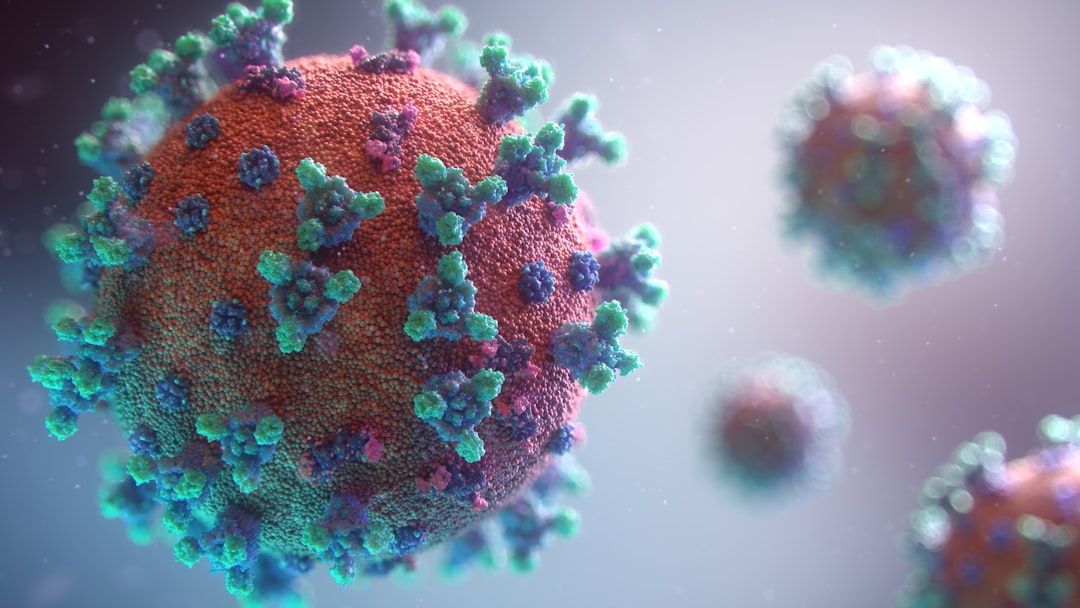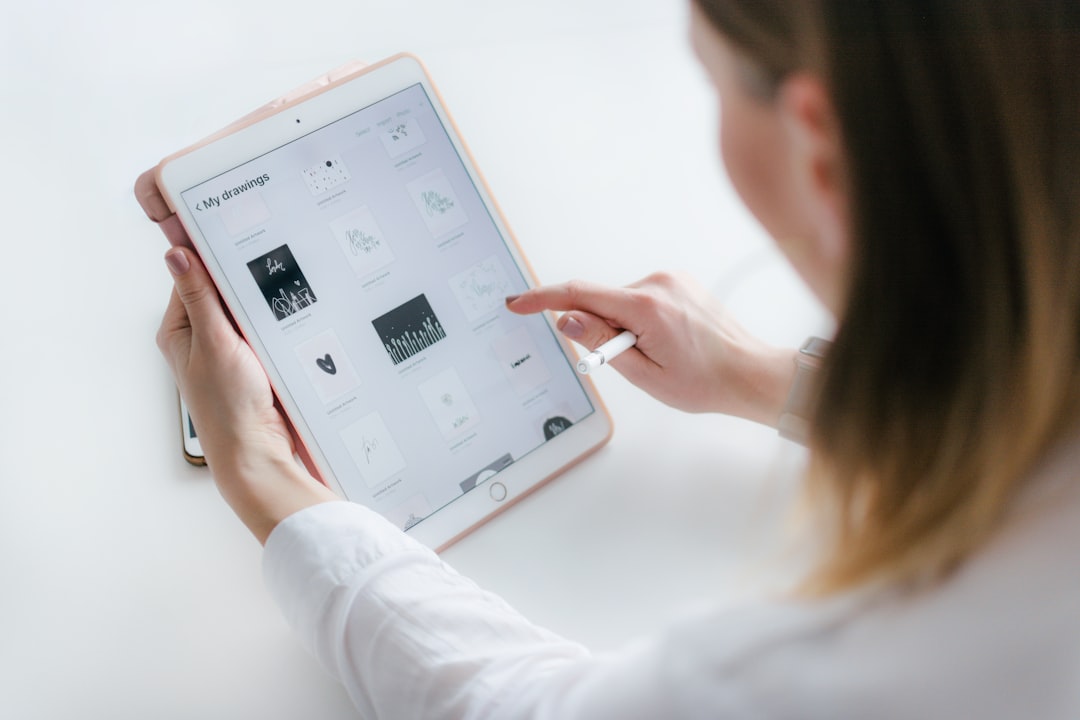What is it about?
Vision is the dominant sense for perception-for-action in humans and other higher primates. Advances in sight restoration now utilize the other intact senses to provide information that is normally sensed visually through sensory substitution to replace missing visual information. Sensory substitution devices translate visual information from a sensor, such as a camera or ultrasound device, into a format that the auditory or tactile systems can detect and process, so the visually impaired can see through hearing or touch. Online control of action is essential for many daily tasks such as pointing, grasping and navigating, and adapting to a sensory substitution device successfully requires extensive learning. Here we review the research on sensory substitution for vision restoration in the context of providing the means of online control for action in the blind or blindfolded. It appears that the use of sensory substitution devices utilizes the neural visual system; this suggests the hypothesis that sensory substitution draws on the same underlying mechanisms as unimpaired visual control of action. Here we review the current state of the art for sensory substitution approaches to object recognition, localization, and navigation, and the potential these approaches have for revealing a metamodal behavioral and neural basis for the online control of action.
Featured Image
Why is it important?
Here we review the research on sensory substitution for vision restoration in the context of providing the means of online control for action in the blind or blindfolded. First we will describe sensory substitution in more detail, and then we will examine how such devices are used for object recognition, localization, and action, including pointing, grasping, and navigation behaviors. We summarize with a review the neural basis for perception through such devices and note the excellent potential to reveal new, underlying neural mechanisms for the online control of action (Levy-Tzedek et al., 2012b).
Read the Original
This page is a summary of: Other ways of seeing: From behavior to neural mechanisms in the online “visual” control of action with sensory substitution, Restorative Neurology and Neuroscience, November 2015, IOS Press,
DOI: 10.3233/rnn-150541.
You can read the full text:
Contributors
The following have contributed to this page










